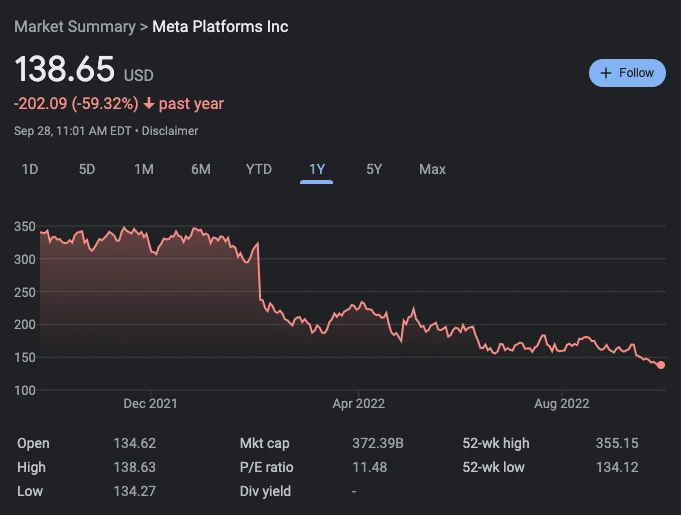Stock Market Trading Strategies: The stock market can be a volatile and unpredictable environment, presenting both opportunities and risks for traders. To navigate this dynamic landscape successfully, it is essential to have a well-defined trading strategy in place. In this article, we will explore some proven stock market trading strategies that can help investors maximize their returns while minimizing risks.
I. Fundamental Analysis with Stock Market Trading Strategies:
Unveiling the Value Fundamental analysis involves evaluating a company’s financial health, including its revenue, earnings, assets, and liabilities. This approach focuses on determining the intrinsic value of a stock by studying its financial statements, industry trends, and macroeconomic factors. By identifying undervalued stocks, investors can make informed decisions and potentially profit from price discrepancies in the market.
II. Technical Analysis with Stock Market Trading Strategies:
Riding the Market Trends Technical analysis involves analyzing historical price and volume data to identify patterns and trends. Traders using this strategy study charts, indicators, and other tools to predict future price movements. Key technical indicators, such as moving averages, support and resistance levels, and trend lines, help traders make buy or sell decisions. The goal is to capitalize on predictable price patterns and market trends.
III. Momentum Trading:
Following the Crowd Momentum trading relies on identifying stocks with strong upward or downward price momentum. Traders using this strategy aim to ride the wave of market sentiment, entering positions when a stock is rapidly rising or falling. Momentum traders often rely on technical indicators such as the Relative Strength Index (RSI) or Moving Average Convergence Divergence (MACD) to spot overbought or oversold conditions. Successful momentum traders have a keen eye for identifying stocks with significant price movement potential.
IV. Value Investing:
Seeking Long-Term Growth Value investing involves identifying stocks that are undervalued compared to their intrinsic value. Value investors seek out companies with solid fundamentals, stable earnings, and favorable long-term growth prospects. They focus on buying stocks at a discount to their intrinsic value and holding them for an extended period, allowing the market to recognize the stock’s true worth. This strategy requires patience and a deep understanding of the company’s financials and industry dynamics.
V. Contrarian Trading:
Against the Herd Contrarian trading involves going against prevailing market sentiment. Contrarian traders believe that markets often overreact to news or events, leading to mispriced stocks. By taking positions opposite to the crowd, contrarian traders look for opportunities when stocks are either oversold or overbought. This strategy requires careful analysis and a contrarian mindset to identify stocks that may rebound from temporary setbacks or to profit from unsustainable market euphoria.
Successful stock market trading requires a well-thought-out strategy tailored to an investor’s risk tolerance, financial goals, and market expertise. The strategies discussed in this article offer different approaches to trading, each with its own merits and risks. It is crucial to conduct thorough research, stay disciplined, and continuously adapt strategies to changing market conditions. Remember that no strategy guarantees success, and trading always carries inherent risks. By combining knowledge, experience, and a systematic approach, investors can increase their chances of achieving consistent profitability in the stock market.
Read More: Day Trading and Swing Trading Techniques
![]()






3 thoughts on “Stock Market Trading Strategies”